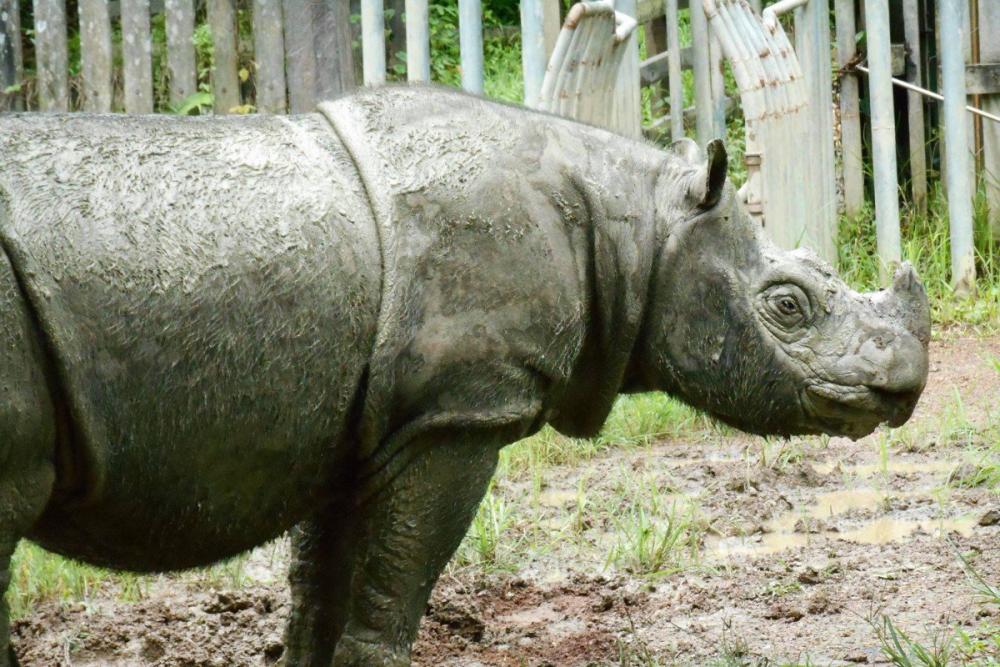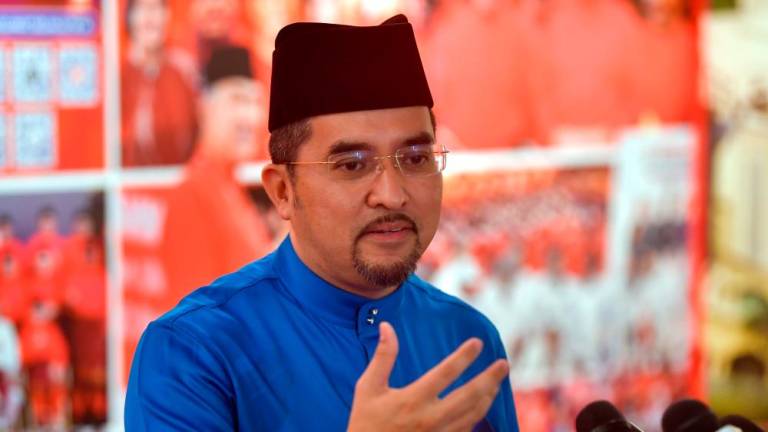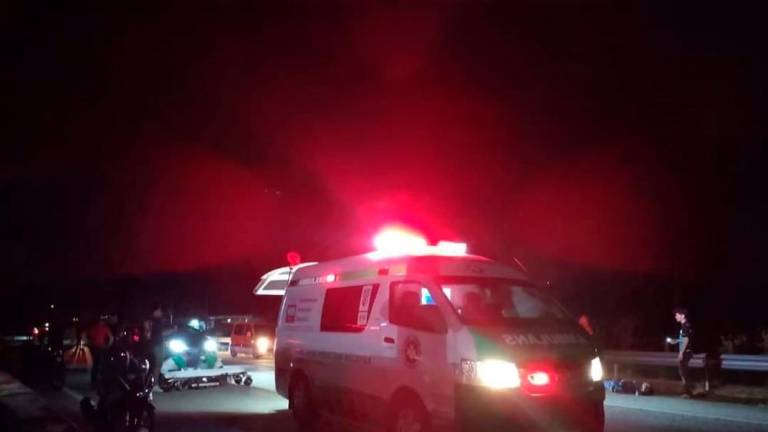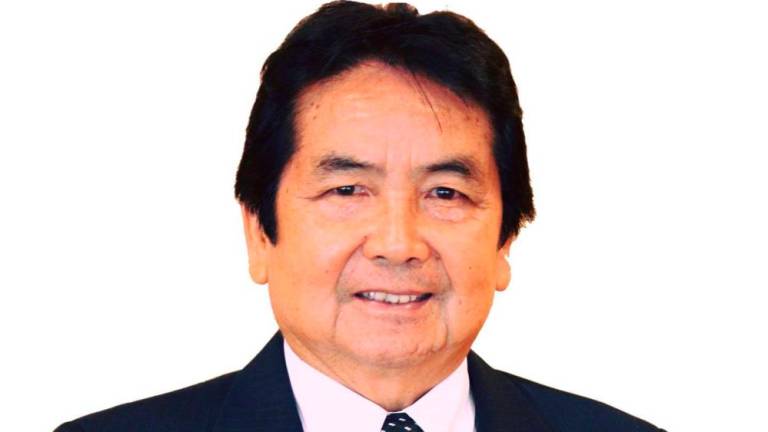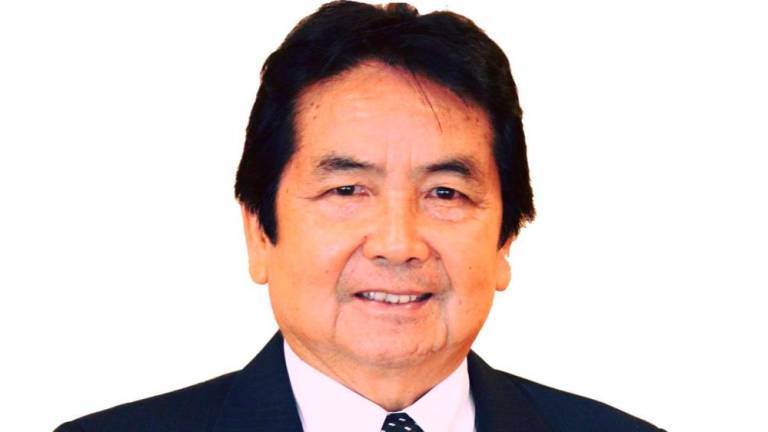SANDAKAN: The application of advanced reproductive technology (ART) to increase the number of animals, especially endangered species, should be key to diverting the trajectory away from extinction, said Sabah Wildlife director Augustine Tuuga today.
He said with growing human population and usage of more resources, new protected areas for wildlife could no longer be expected, nor would there be a big decline in illegal international wildlife trade.
“Much of what we read about wildlife nowadays centre on the loss of habitat, habitat fragmentation and poaching as the main reasons, so many wild species are now endangered with extinction.
“If we dig deeper, we find that the situation is not so simple. The Sumatran rhino provides an example,” he said at a seminar on the application of ART to endangered wildlife species in Southeast Asia, here, today.
Malaysia is left with one Sumatran rhino in captivity, a female known as Iman, after another female rhino known as Puntung died in 2017, followed by a male known as Tam in May this year.
Tuuga said if the goal was to prevent extinction of wildlife species, new approaches were needed and when the number of any species dwindled fast, one of the biggest urgent priorities should be to find ways to divert the dangerous trajectory away from low and declining numbers by boosting the birth rate.
According to him, the estimated numbers of Malaysia’s wild cattle species, the seladang in the peninsula and Bornean banteng or locally known in Sabah as tembadau, were in the low hundreds, with the majority of the latter found in Sabah.
The best estimated number of Sunda clouded leopards in Sabah is about 750, many in fragmented forests, and with much lower population densities estimated in other parts of Borneo, he said.
“The federal government decided in 2015 to initiate an ART programme for endangered wildlife in Sabah under the 11th Malaysia Plan from 2016 to 2020 and appointed the Sabah Wildlife Department as the implementer of this programme.
“An ART laboratory has recently been completed and equipped at the Faculty of Sustainable Agriculture, Universiti Malaysia Sabah, in Sandakan and the Borneo Rhino Alliance (Bora) was appointed to develop and implement the main aspects of the programme from 2016 to 2020,” he said.
Tuuga said to date, much of the work on boosting the number of endangered species were focused on semen harvest, treatment and cryo-preservation.
“We are now entering the phase of oocyte (egg cell) harvest, with the view towards in vitro fertilisation and embryo transfer.
“In the meantime, the International Islamic University Malaysia has joined the work to initiate cell culture of endangered species,” he said, hoping that the emerging programme would continue after next year (2020) with broadening collaboration of interested experts, regionally and globally. — Bernama



